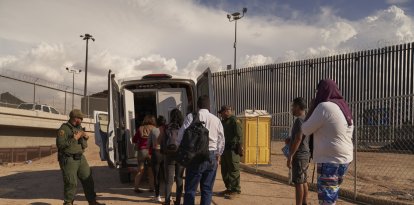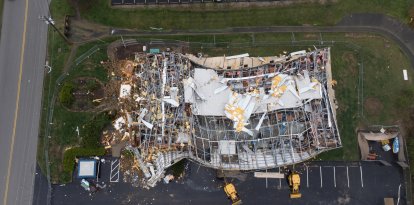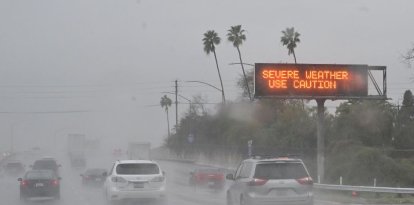What is the significance of the memorial honoring the victims of 9/11?
The National September 11 Memorial & Museum opened on Sept. 11, 2011 in order to "provide a space for healing and reflection." The museum also displays personal items left at the scene of the attack.
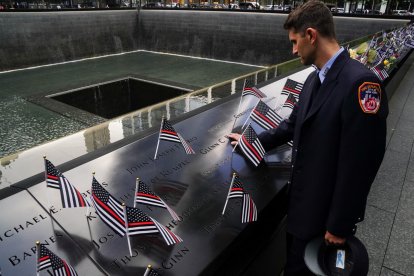
A firefighter at the National September 11 Memorial & Museum
After 23 years since the attack on the Twin Towers in New York, it is necessary to remember the victims of the terrible attack perpetrated by 19 terrorists linked to Al Qaeda and that left nearly 3,000 dead, making it the event that has produced the greatest pain in the United States.
In honor of the victims of 9/11, the National September 11 Memorial & Museum, also known as the 9/11 National Memorial and which features the Survivor Tree, was chosen from thousands of proposals submitted from more than 60 countries. It was designed by architect Michael Arad and landscape architect Peter Walker following their 2004 project Reflecting Absence.
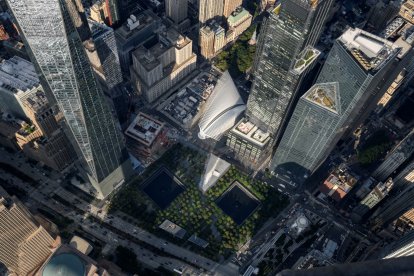
Aerial view of the 9/11 memorial pools.
The September 11 Memorial & Museum was unveiled on Sept. 11, 2011 to "speak to the needs of families who had lost loved ones and provide a space for healing and reflection," recalled Cristian Cubillos in an article published in Colombian media outlet Noticias RCN.
The memorial consists of two cascading twin pools, which stand where the towers once stood and are surrounded by bronze railing bearing the names of the victims of the 9/11 and 1993 World Trade Center attacks.
Regarding the significance, Arad argued that the pools represent "absence made visible."
The personal items found at the scene of the attack
At the September 11 Memorial & Museum, it is also possible to find a large number of objects left at the scene of the 9/11 terrorist attack.
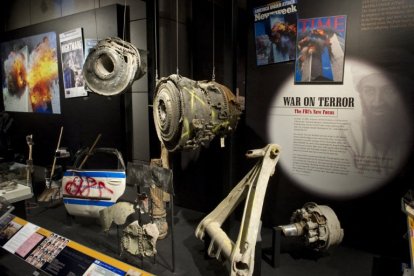
Some objects left at the scene of the 9/11 attack
Among other things, the BBC highlights in an article that the museum exhibits several glasses that lost their lenses and were damaged by the heat, the steering wheel of a BMW car that was buried under the rubble, an engine from one of the elevators that operated in the towers, one of the steel columns that supported the facade of the North Tower, the nearly 300-foot-high television and radio antenna that stood atop the tower; cell phones; pagers; and an axe from a firefighting unit that performed rescue work at the site.
RECOMMENDATION

